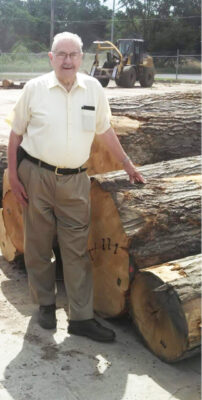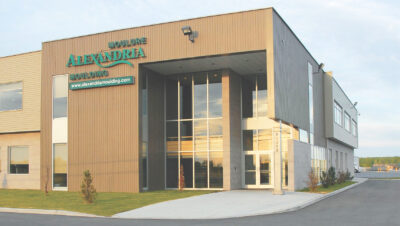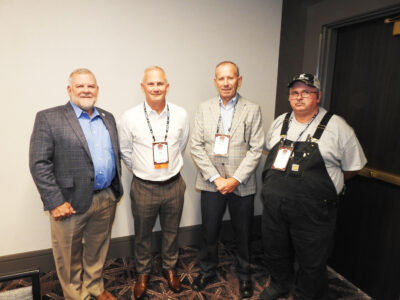It seems like we only just wrapped up summer, but the dynamic of a Presidential election has made it feel like the end of the year is just around the corner as far as 118th Congress goes. The House decamped Washington a week early this year for its August recess, axing the final week of July in favor of heading home to campaign. The Senate left a few days later. Although Congress returned for a few weeks in September, they are scheduled to be out most, if not all of October and half of November. Members of Congress will spend most of the fall months in their states and districts; not here in D.C. working on legislation.
In terms of “must pass” items, there really are only a few that Congress has to act on before the curtain closes on this Congress in December. One is funding operations of the federal government. We fully expect that a Continuing Resolution to keep the lights on past the close of the fiscal year on September 30 will be taken up and passed. The duration of this “CR” as it is known will likely extend through mid to late November and will afford time for Congress to take up a larger Fiscal Year 2025 appropriations deal in the Lame Duck session…the week or weeks between the election and the gaveling out of the current Congress. The other action that Congress must take is reauthorizing the National Defense Authorization Act or NDAA. This statute underpins our country’s national defense programs, as well as the nuclear weapons programs at the Department of Energy, and must be approved by Congress every fiscal year. As part of this year’s process, we are pleased to report that Senator Jeanne Shaheen (D-NH) has secured report language as part of the Senate NDAA bill to press the Department of Defense and General Services Administration on switching to Red Oak and away from Apitong for its truck trailer beds. We remain hopeful that Congress will come together in the Lame Duck on reauthorization of the Farm Bill, but sides remain far apart and it is looking increasingly like an extension of current law into 2025 is the likely scenario.
With limited substantive action on many Federation policy priorities likely for the remainder of 2024, we have begun to look ahead strategically at 2025 to identify areas where policy action is likely and where we can have an influence. Tax is one space that will be incredibly active. Recall that the House passed a very good, bipartisan bill (H.R. 7024) earlier this year that retroactively restores key “Main Street” business tax incentives and pairs those extensions with a more robust Child Tax Credit. The legislation unfortunately stalled in the Senate, but the fact remains that there is strong support for restoring these benefits and that sentiment will only get stronger as the bonus depreciation phase out, for example, progresses. The benefit (100 percent bonus depreciation allowing business to write off the full cost of machinery and equipment in the same year that it is purchased) took a 20 percent hair cut in 2023 and another 20 percent reduction this year. It is slated to reduce again by 20 percent January 1, 2025. In addition to this benefit and extending the research and development tax credit, a number of key tax benefits from the Tax Cuts and Jobs Act of 2017 expire at the end of 2025. At a recent fundraising breakfast that the Hardwood Federation team attended, House Ways & Means Committee Chairman Jason Smith (R-MO) emphasized that $4.6 trillion in tax benefits go away at the end of next year if Congress fails to act. Among these is the Sec. 199A deduction (20 percent) for S-Corporations and other pass-through entities.
Outside of the tax lane, a Farm Bill has to be reauthorized at some point. The Federation team has continued to meet with Members of Congress on and off the Agriculture Committees to advocate support for doubling funding for export promotion programs, forest and forest products workforce provisions, biomass carbon neutrality and our Hardwood Access Program. Regarding the latter, our bill that was introduced in January—the Hardwood Access and Program Development Act (H.R. 6880)—will have to be reintroduced next year as all legislation currently pending automatically dies at the conclusion of a two-year session of Congress. In advance of the 119th Congress gaveling in early January, we will be recruiting a Democrat lead for this bill as our current champion, Rep. Annie Kuster (D-NH) is retiring. In addition, we will be working to line up Senate leads to introduce a companion bill in the upper chamber next year.
As with any year following a major election, there will be a number of new faces in the Administration, House and Senate with whom we will need to connect and introduce our sector and our policy priorities. This process will begin with open houses on swearing in day in January and continue throughout the first quarter 2025. There will also be movement and shuffling of membership on committees that handle our issues. Identifying and meeting with new members on panels that we care about will be a top priority for the Federation in the early going next year. Also notable is the fact that there will be changes in leadership on some of the committees important to us. Take for example the House Energy and Commerce Committee which handles most of the environment and energy related legislation in the lower chamber. Current Chair Cathy McMorris-Rodgers is retiring at the end of this Congress. If Republicans remain in control of the House, Rep. Brett Guthrie (R-KY)—a long time Federation supporter—is poised to take this important gavel. This would mean a complete turnover in committee staff and getting to know these new faces would also be a top priority.
The bottom line is that, although we continue to explore opportunities to move our policy agenda this year, persistent headwinds in the form of Presidential election politics and a shortened Congressional calendar have prompted us to begin looking ahead strategically at 2025. As we begin our preparations for next year and the 119th Congress, we will be looking at all our hardwood association and industry members to help inform our preparatory efforts and guide our decision making in advance of what is shaping up to be an active, consequential year.







